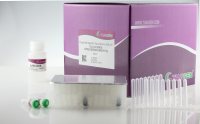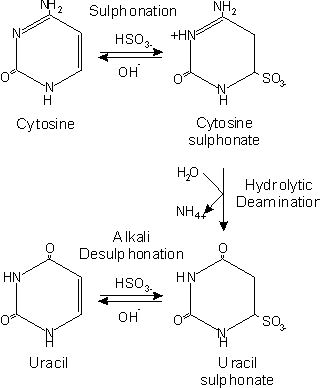Analysing DNA Methylation Using Bisulphite Pyrosequencing
互联网
521
Bisulphite pyrosequencing is a quantitative methodology for the investigation of DNA methylation of sequences up to 100-bp in length. Biotin-labelled, single-stranded PCR products generated from bisulphite-treated DNA are used as a template with an internal primer to perform the pyrosequencing reaction. Nucleotides are added in a predetermined order in each pyrosequencing cycle and the amount of incorporated nucleotide results in a proportional emission of light. DNA methylation ratios are calculated from the levels of light emitted from each nucleotide incorporated at individual CpG positions in a strand-dependent manner. The methylation detection limit at individual CpG sites is approximately 5% and the results are displayed as an average methylation level for each CpG position assayed across all amplification products generated during a PCR reaction. As a consequence, bisulphite pyrosequencing allows the identification of heterogeneous DNA methylation patterns but does not provide information at a single allele resolution. This methodology is suited to analyse short DNA sequences such as those typically extracted from formalin-fixed paraffin-embedded specimens. Nevertheless, longer PCR products can be sequenced by serial bisulphite pyrosequencing, which utilises tandem assays along the amplicon. The general information provided is applicable for all formats of current pyrosequencing instruments, however, a specific protocol for the PyroMark Q24 instrument is provided.







